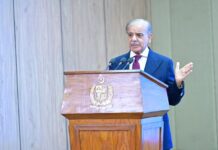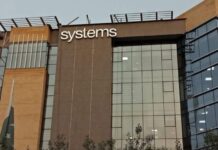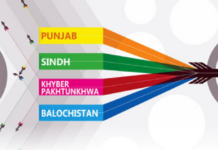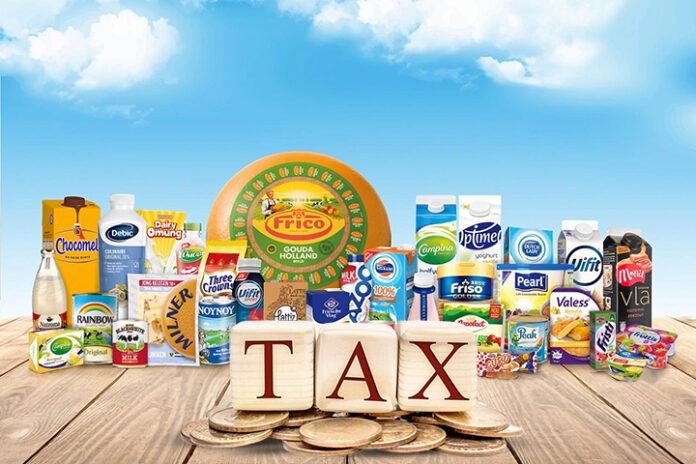That single quarter sits inside a half-year shaped by an unusually heavy levy. Management reports a 67.0% effective tax rate in 1H2025, a one-off tied to a Supreme Court ruling in May 2025 that settled earlier obligations. The note stresses it will not affect future quarters, but the optical damage for 1H remains: an otherwise improving operating story reads like a slump when the year-to-date profit is viewed post-tax.
The full-year comparison for 2024 offers a useful control sample. For calendar 2024, FCEPL grew net sales 7.0%, expanded gross profit 11.0%, and lifted operating profit 23.0%. EBITDA rose 20.0%, and profit before tax increased 20.0%. After taxes, profit rose 46.0%, and EPS improved to PKR 2.9 from PKR 2.0 a year earlier. The company even reinstated a cash dividend of PKR 2.8 per share for the year. By the end of June 2025, however, the quarterly mix of a 4.0% revenue decline and a 394.0% surge in the tax line had pulled quarterly EPS down to PKR 0.3 from PKR 0.8 despite better operating metrics. The story, in short: growth held up through 2024; taxes ate the 2025 rebound. The content in this publication is expensive to produce. But unlike other journalistic outfits, business publications have to cover the very organizations that directly give them advertisements. Hence, this large source of revenue, which is the lifeblood of other media houses, is severely compromised on account of Profit’s no-compromise policy when it comes to our reporting. No wonder, Profit has lost multiple ad deals, worth tens of millions of rupees, due to stories that held big businesses to account. Hence, for our work to continue unfettered, it must be supported by discerning readers who know the value of quality business journalism, not just for the economy but for the society as a whole.To read the full article, subscribe and support independent business journalism in Pakistan
























